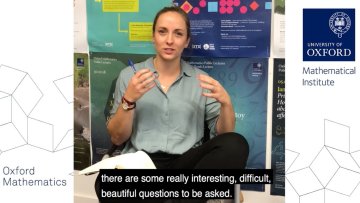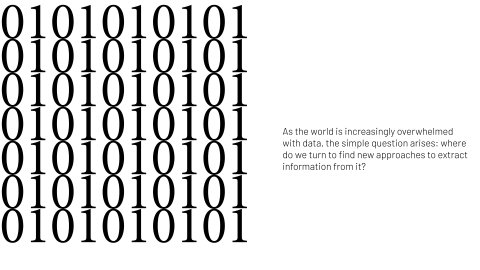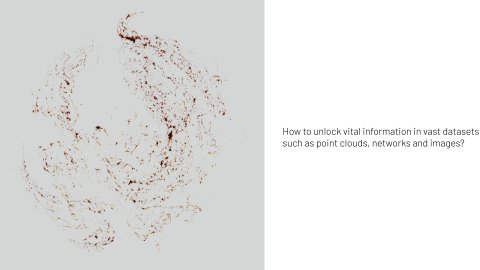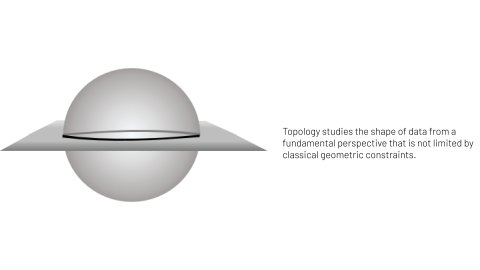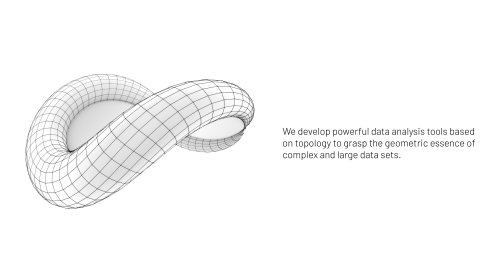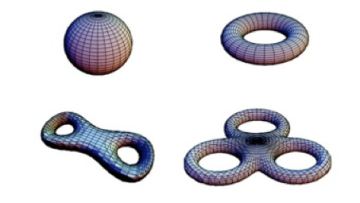Adapted Topologies and Higher Rank Signatures
Abstract
It is well known that expected signatures can be used as the “moments” of the law of stochastic processes. Inspired by this fact, we introduced higher rank expected signatures to capture the essences of the weak topologies of adapted processes, and characterize the information evolution pattern associated with stochastic processes. This approach provides an alternative perspective on a recent important work by Backhoff–Veraguas, Bartl, Beiglbock and Eder regarding adapted topologies and causal Wasserstein metrics.
============================


